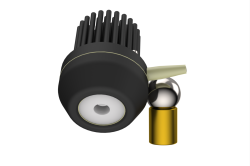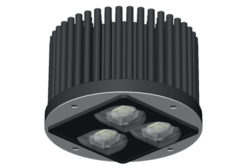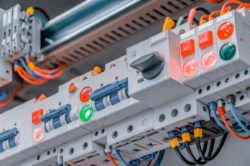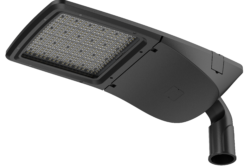Initial situation:
Hamburg Central Station is the most important railway junction in northern Germany. The station was built between 1903 and 1906 according to designs by architects Heinrich Reinhardt and Georg Süßenguth. The corresponding forecourt lighting no longer functioned or in some case was no longer even existent due to material wear. The original 80-watt mercury vapor lamps were technically obsolete and costly with 110-watt power consumption.
Customer request and order:
The forecourt lighting was to be completely renewed, whereby the light globes were to be reproduced optically to exactly replicate the predecessor. The built-in LED lighting technology should have special light optics, with an overall improved light output of 20 watts per luminaire. In addition, a maintenance-free solution was to be created.
The solution from BRAUN:
The solution consisted of a special design; a replica of the original “Hamburger Train Station Lamp” at BRAUN, with high-performance LEDs installed inside, for which special heat sinks were designed and manufactured. The length and diameter of the luminaire remained unchanged. Energy consumption per luminaire was reduced from 62 watts total output (HQL lamp) to 20 watts (LED installation kit). This corresponds to a saving of approx. 65 percent. The clients were more than satisfied with the result, so that in subsequent orders both the main entrances to the station and the passageways were equipped with BRAUN special luminaires. In addition, a special version of the Hamburg railway station luminaire was later installed under the Magdeburg and Baaken bridges. Here in a waterproof version, as the LED spotlights were installed in the brackish and high-water areas.




